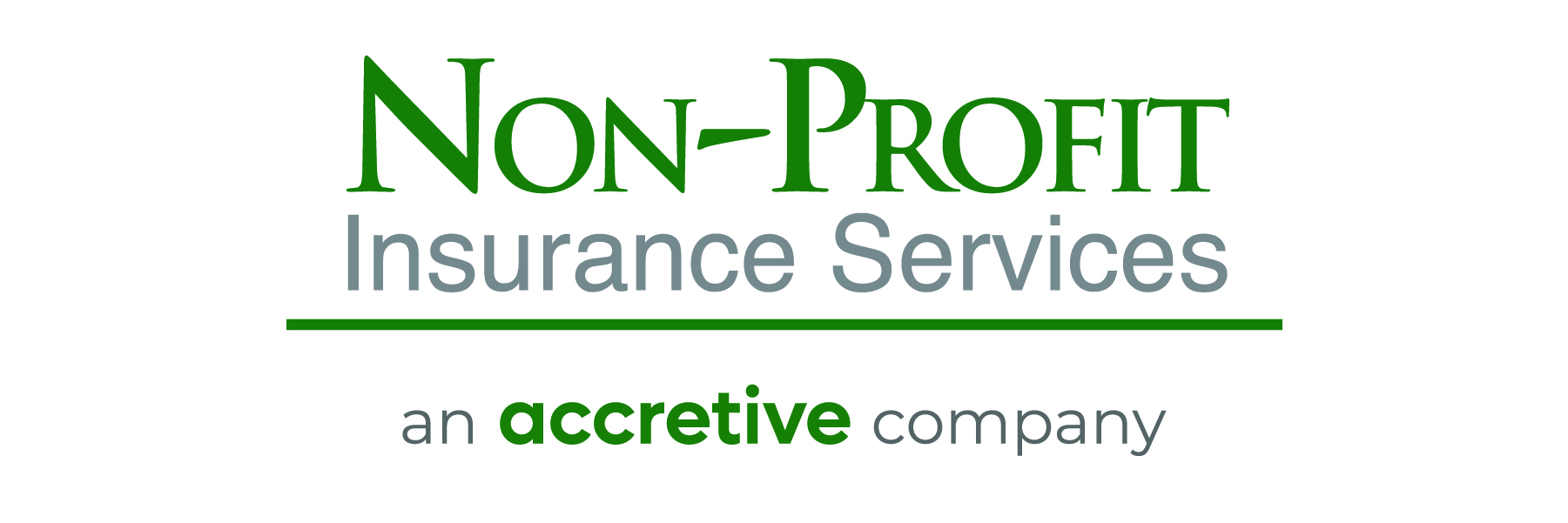Gathering a great board of advisors is one of the most important and crucial steps to help make your nonprofit successful. Your board members are foundational for your organization’s support and development. They are the men and women who can help you focus on your mission by helping provide support, advice, and resources.
In this article, we will be looking at the importance of having a great set of board members and how you can go about building this support network.
Fundraising knowledge is an obvious need for your organization’s board. It is also important to have mission-specific expertise, communications and marketing expertise, accounting and finance expertise, even construction and community expertise. There can be very formal responsibilities, which can be found within fundraising and development committees.
However, all board members have an equally important role to play and execute. The support for communications is mission critical.
The key to success is effective collaboration and teamwork between the board, the leadership team, the staff,
Whether your board is advisory or a governing board, it is critical that the board have a good understanding of the organization’s legal and ethical responsibilities. Boards are organized to serve as representatives of the community and advance your mission by being focused, knowledgeable and passionate.
The board and staff members have a responsibility of continuing to build a community to support your organization and educating them about your mission.
How Do You Assemble the Right People to Form the Right Board?
You should first identify your needs and the types of skills that would be beneficial to your organization now and in the future. You should set up a nominating committee that can work with others in the community to help identify volunteer leaders with the right background and skills to help support your mission. This committee should continuously be on the lookout for great board members!
The Commitment Quotient
As ambassadors for your nonprofit, make sure your board members realize the seriousness of their duties and their commitment to your organization. Look for individuals who are passionate about your mission. It is always a great idea for the leadership team and select board members to have a sit-down meeting with potential board members. This will enhance the sense of professionalism within your organization.
Do not overlook the importance of an overview of board responsibilities for new members. In order to provide a deeper understanding of the organization’s history, mission, work
Most importantly, you need to find board members who understand and feel passionate about what you’re doing—find people who believe in your mission and who will be collaborative and engaged.
Your Donors and Volunteers Can Be Great Candidates
Volunteers and donors are two groups in your community that know your organization inside out and are already loyal to your cause. Volunteers contribute to your cause with their time and are often significant donors. Not all your donors and volunteers will want to serve on a board, but there will be specific people who stand out to you and your nominating members as natural leaders.
Try to encourage these potential candidates by inviting them to be a part of certain committee discussions, involving them in planning opportunities and gradually introducing them to the idea of serving as a board member.
Opt for Diversity in Your Search
Although it sometimes seems more convenient for nonprofits to recruit only from its pool of associates and members, this strategy is not always best. For thoughtful and strategic decision making, consider ways in which you can bring in diversity among the members of your board by looking at people from different social circles.
When each circle can be represented, the diversity will bring in more contacts and ideas. This can result in making a nonprofit more responsive to societal needs, and a bigger circle can also mean more diverse financial support.
Do Not Forget Social Media
Technology has sometimes made our lives easier and reaching out to each other is certainly easier. Whether you are planning on recruiting individuals with differing areas of expertise or differing demographic backgrounds, consider announcing the openings on social media—LinkedIn is a great choice. Make sure you have a well written position description, so that the responses you get will be from desired profiles.
All in all, your board should consist of people who are well-prepared, diverse in the backgrounds and expertise, collaborative and are passionate about the mission of the organization. This is essential for the support of your nonprofit and will help provide resources needed for successful fundraising.
Author: Patrick J. Coleman
Source: Nonprofit Pro









